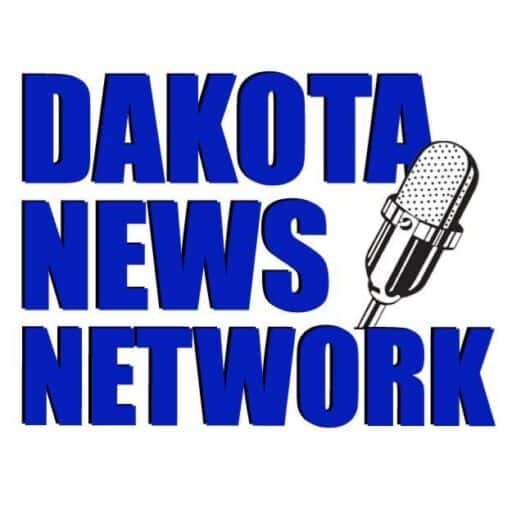Partners for Production Agriculture’s Economist Dr. Steve Meyer said pig farmers have been dealing with losses worse than 1998.
“The real problem right now is that the prospects for next year are not a lot better, they’re better but not anywhere near good,” according to Dr. Meyer. “We have three situations that, one or more of three things have to change, we either have to get cost down, we have to get demand up, or we have to get supplies tightened. One of the three.”
Of the three that Meyer listed; pork producers are only responsible for supplying the pigs. Dr. Meyer says, “The costs are going to go down a bit from where they are this year, but they’re still not going to be very low. My model has $90 breakevens for that low cost, 25 percent of producers, and so that would put the average producer somewhere in the 96 range for next year. And if you look the futures market, there aren’t any profitable prices on there right now.”
Dr. Meyer said wholesale demand has strengthened since summer, but won’t be going back to 2021-2022 levels, which means supplies need to be reduced.
“And even there we face some headwinds in that productivity has started growing again rapidly,” according to Dr. Meyer. “The last two quarters 3.3 percent and 4.2 perecent on pigs saved per litter in the last two hogs and pigs report. And so, if you’re raising more pigs per litter, then you’ve got to cut your sow herd even farther than what you thought.”
The shining light has been the third best year for exports and will see growth with the Europeans cutting back on production. Additionally, National Pork Board is collaborating with producer leaders on strategic investments to add value to the U.S. pork industry, aiming to improve demand with domestic, international and multicultural consumers. Learn more at porkcheckoff.org.
